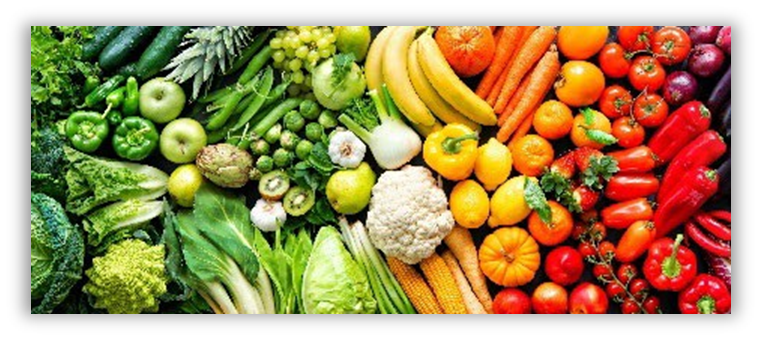Resources
What the Healthiest Populations Have in Common
 When it comes to health, the numbers speak for themselves. More than 42% of American adults are classified as obese— more than double the average obesity rate of many other developed nations, according to the CDC. By comparison, Japan’s adult obesity rate is about 4%, while countries across Europe average closer to 20% or less. (Source: CDC.gov)
When it comes to health, the numbers speak for themselves. More than 42% of American adults are classified as obese— more than double the average obesity rate of many other developed nations, according to the CDC. By comparison, Japan’s adult obesity rate is about 4%, while countries across Europe average closer to 20% or less. (Source: CDC.gov)
And it’s not just weight. Many researchers are concerned about the rising rates of autism spectrum disorder (ASD) and other chronic conditions in the United States compared to other parts of the world.
According to the CDC, about 1 in 36 American children are now diagnosed with autism — a sharp increase over the past two decades. While improved detection plays a role, growing evidence suggests that environmental and lifestyle factors, including diet, food additives, sedentary routines, and stress, may contribute alongside genetics. Studies have connected ultra-processed foods and poor gut health with inflammation and potential developmental impacts — issues far less common in regions that emphasize fresh, whole foods, active living, and strong social structures. (The Lancet, 2019; Nutrients, 2019; NIH, 2021; Harvard Health, 2020)
The takeaway? What we eat and how we live are among the biggest drivers of global health divides — from obesity and chronic disease to developmental concerns. While the world’s healthiest communities are scattered across different geographies — from the mountain villages of Sardinia to coastal towns of Japan — they tend to share surprisingly consistent habits that extend beyond diet alone.
They eat mostly fresh, whole foods — and mostly plants.
Across these populations, meals are centered around vegetables, legumes, whole grains, nuts, and fruits — foods that are grown locally and eaten in-season. Animal protein is consumed, but far more modestly, and typically in the form of fish or fermented dairy like goat cheese. Red meats, processed foods, added sugars, and refined oils are limited.
 In contrast, much of the produce found in U.S. grocery stores—especially pre-sliced, packaged fruit—has lost significant nutritional value due to processing and transit. (Journal of Agricultural and Food Chemistry, 2007)
In contrast, much of the produce found in U.S. grocery stores—especially pre-sliced, packaged fruit—has lost significant nutritional value due to processing and transit. (Journal of Agricultural and Food Chemistry, 2007)
They move regularly—because their environment encourages it.
Daily physical activity is built naturally into life in these regions. People walk to the store, tend gardens, climb stairs, and complete household tasks by hand — not out of obligation, but because movement is the most practical option. In many European and East Asian cities, residents average between 5,000 and 8,000 steps per day simply by walking or biking as primary transportation (WHO, 2022). Over time, this consistent low-intensity activity adds up, supporting cardiovascular health, joint mobility, and metabolic function—all without a formal workout routine.
They experience less chronic stress—and have stronger social support.
Long-lived populations tend to enjoy stronger community ties, shared meals, and a slower pace. Many cultures emphasize rest, reflection, and daily purpose—referred to as ikigai in Okinawa. This matters: chronic stress has been strongly linked to inflammation, heart disease, and reduced lifespan. (Harvard Health Publishing, 2020)
They preserve strength and mobility well into old age.
Rather than becoming sedentary with age, people in the world’s healthiest regions often remain physically independent well into their 80s and 90s. A key factor: they maintain muscle mass through daily use—manual labor, hill climbing, lifting objects. Starting around age 30, muscle naturally declines—but regular activity can slow this process and reduce the risk of falls, frailty, and metabolic disease. (Mayo Clinic, 2023)
Your Health, Your Way
At DLAK, we always recommend speaking with your doctor before making major changes to your health routine. More than anything, this is about lifestyle — not quick fixes or one-size-fits-all solutions. If you haven’t yet found an approach that works for you, don’t be afraid to take your own path. Do your research, ask questions, and define what a healthy, sustainable lifestyle looks like for you.